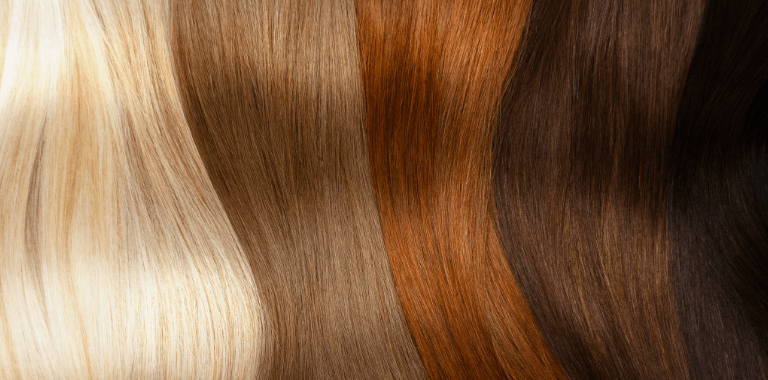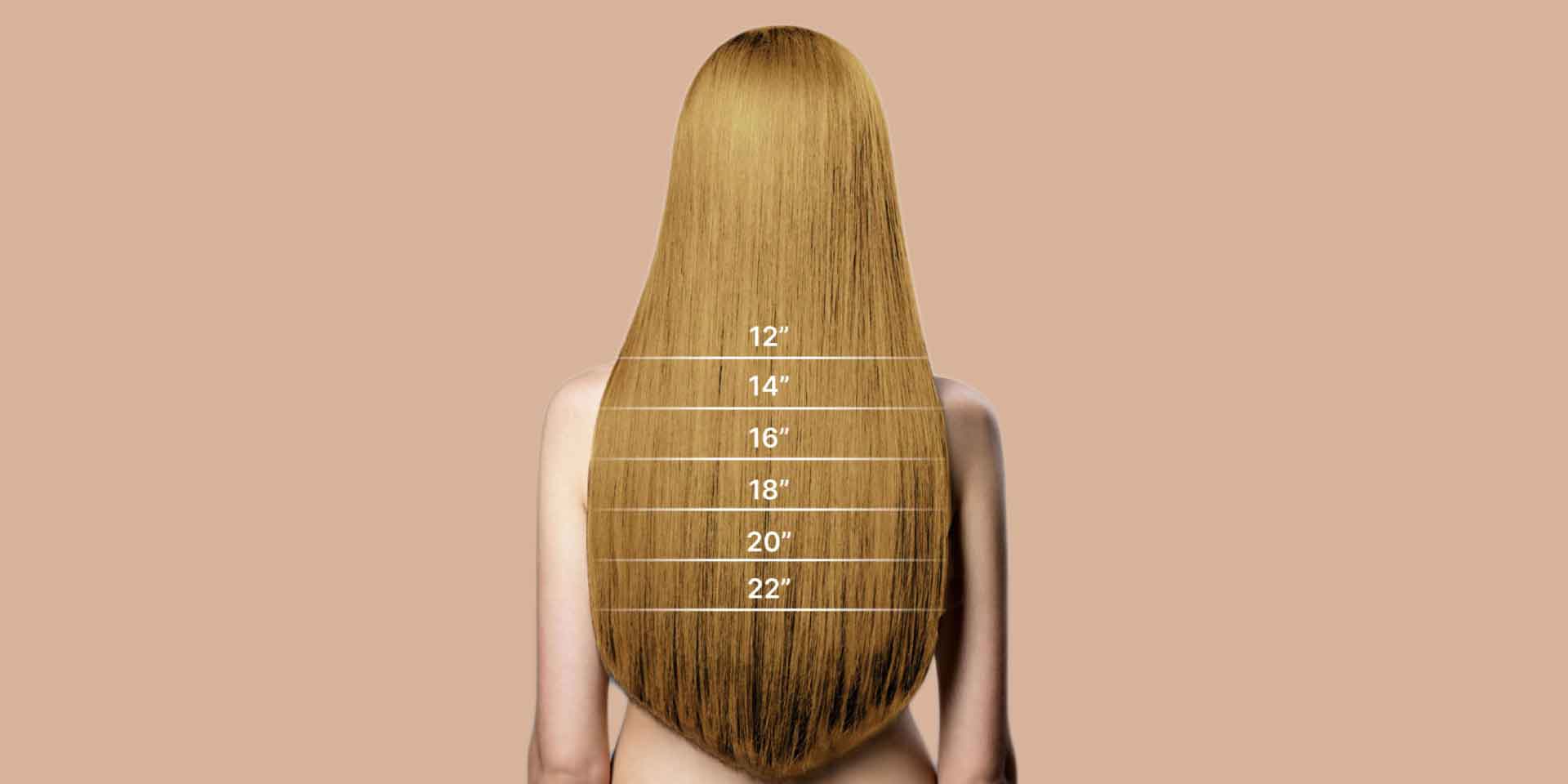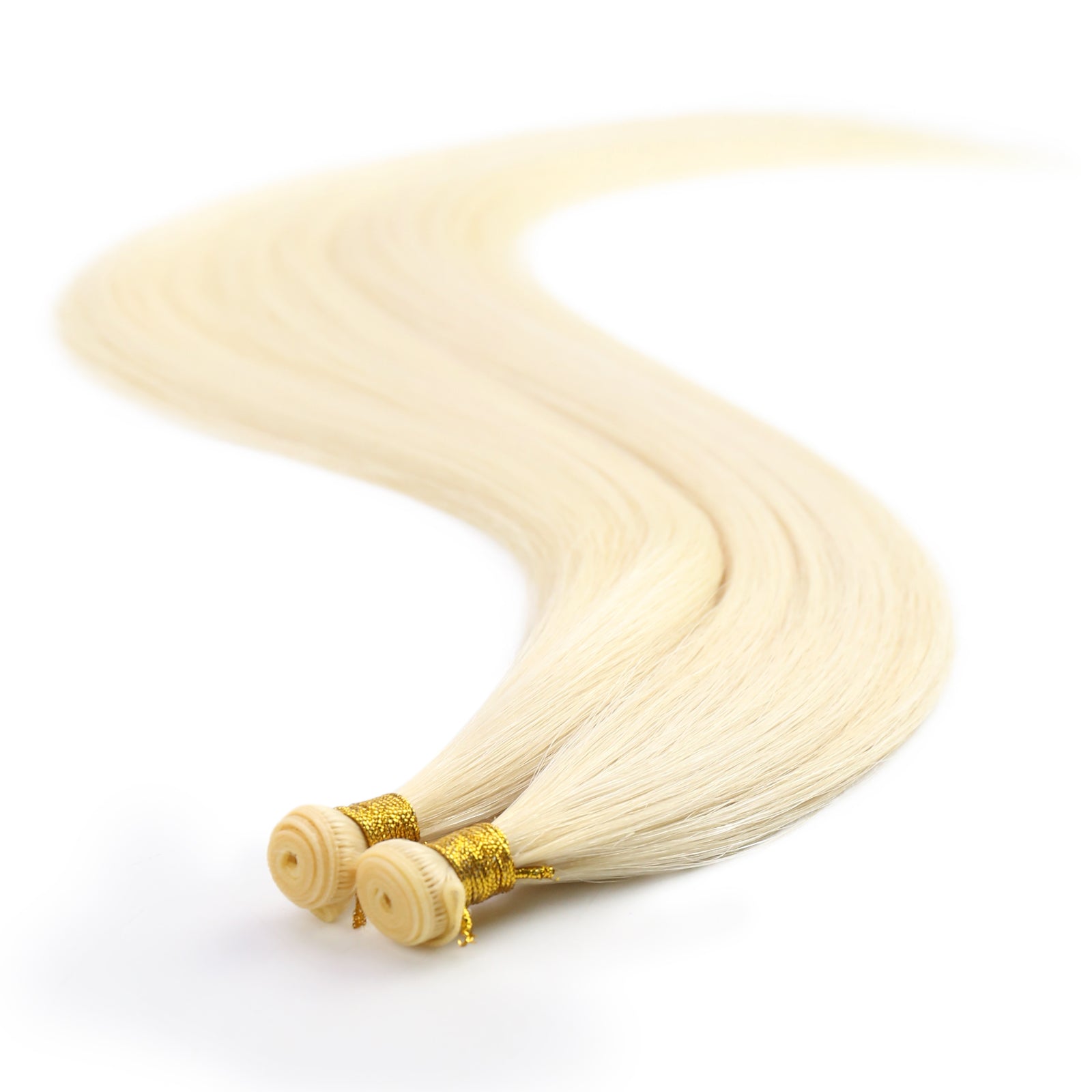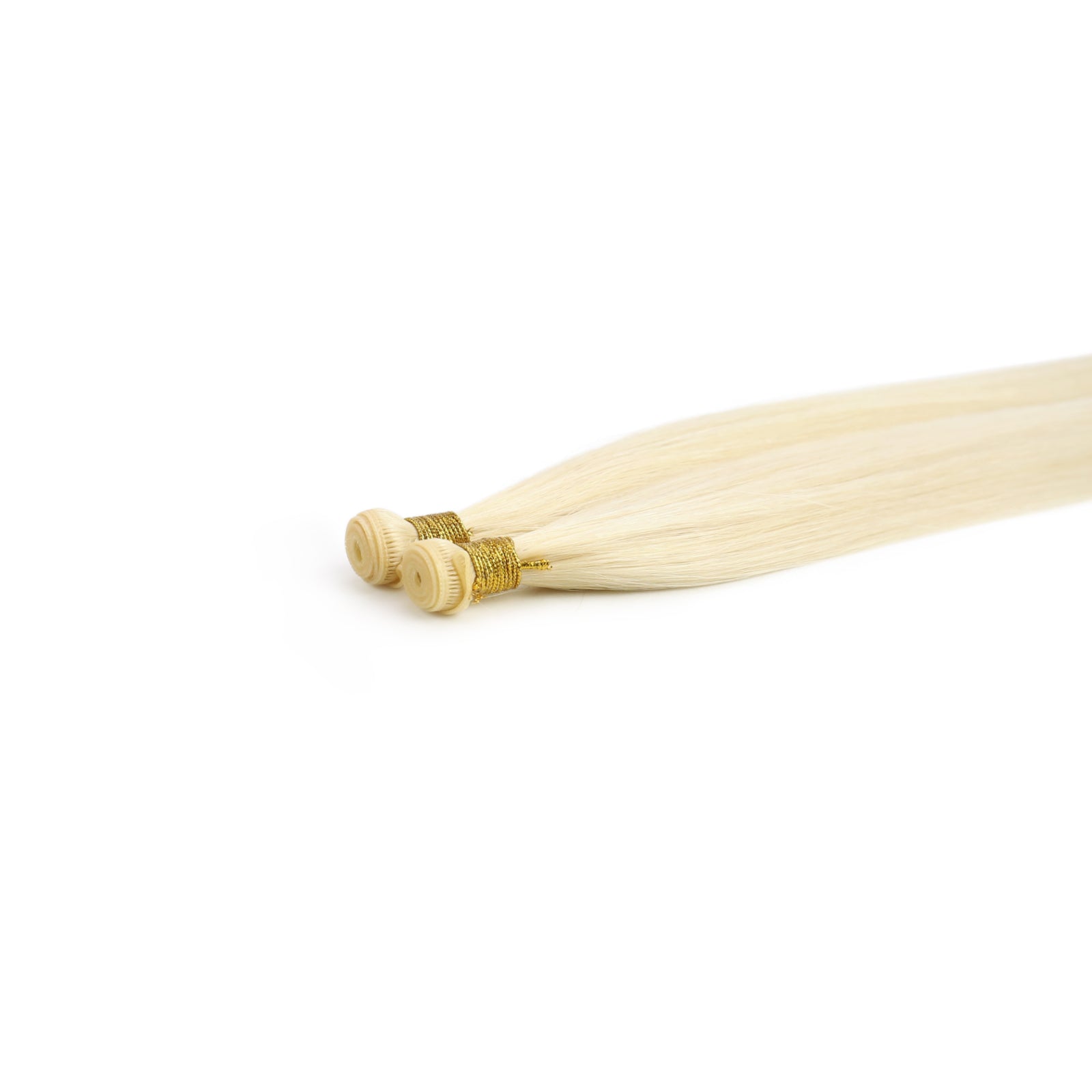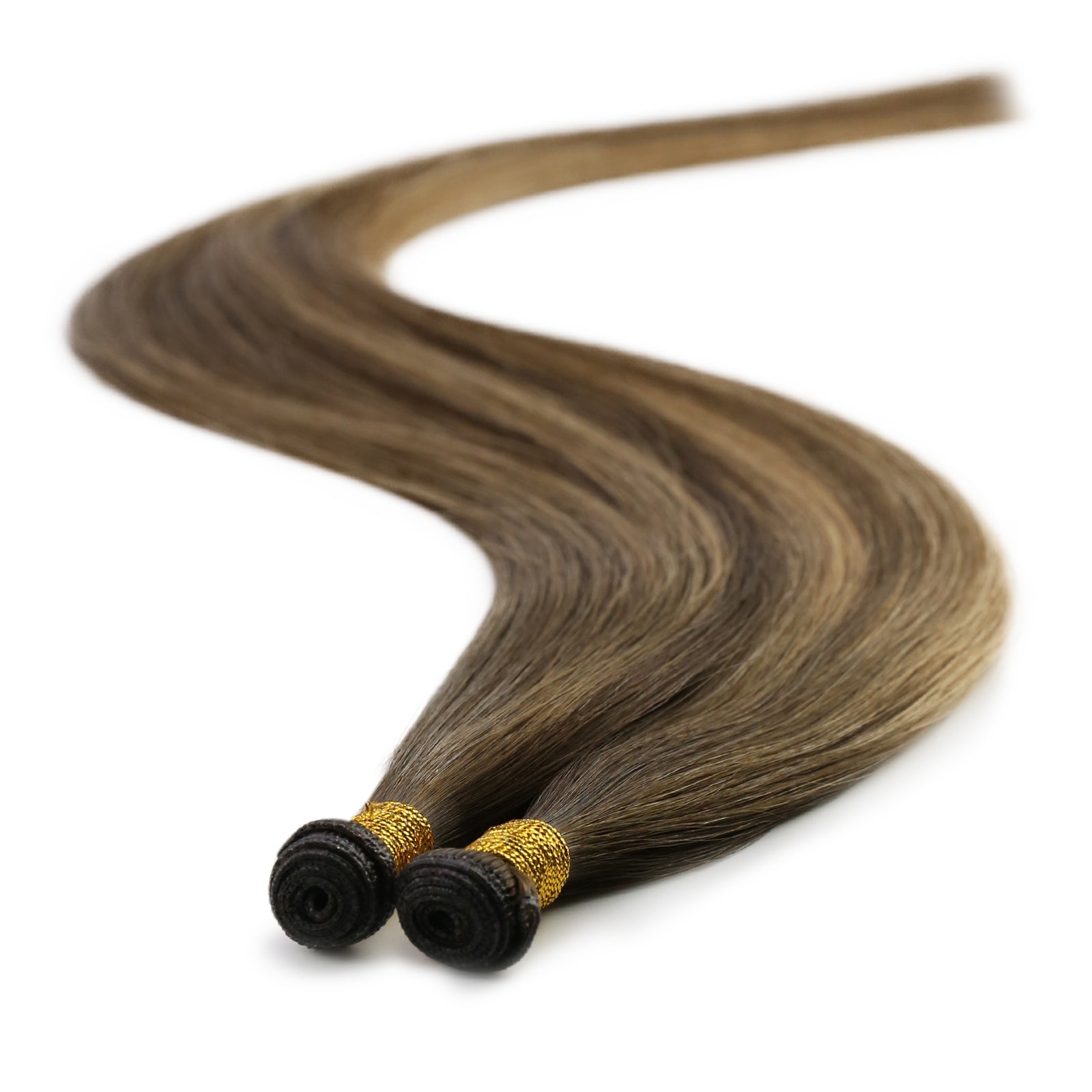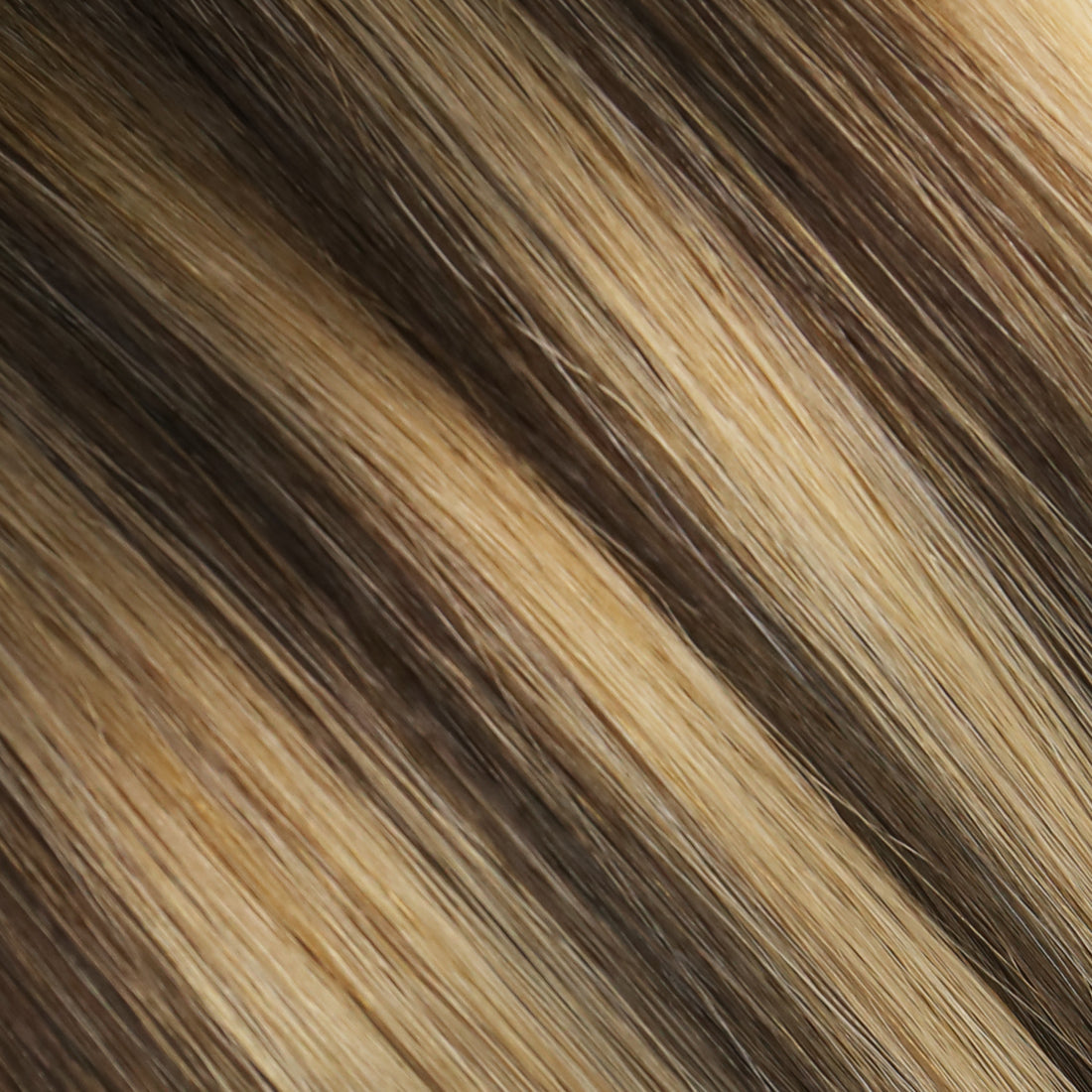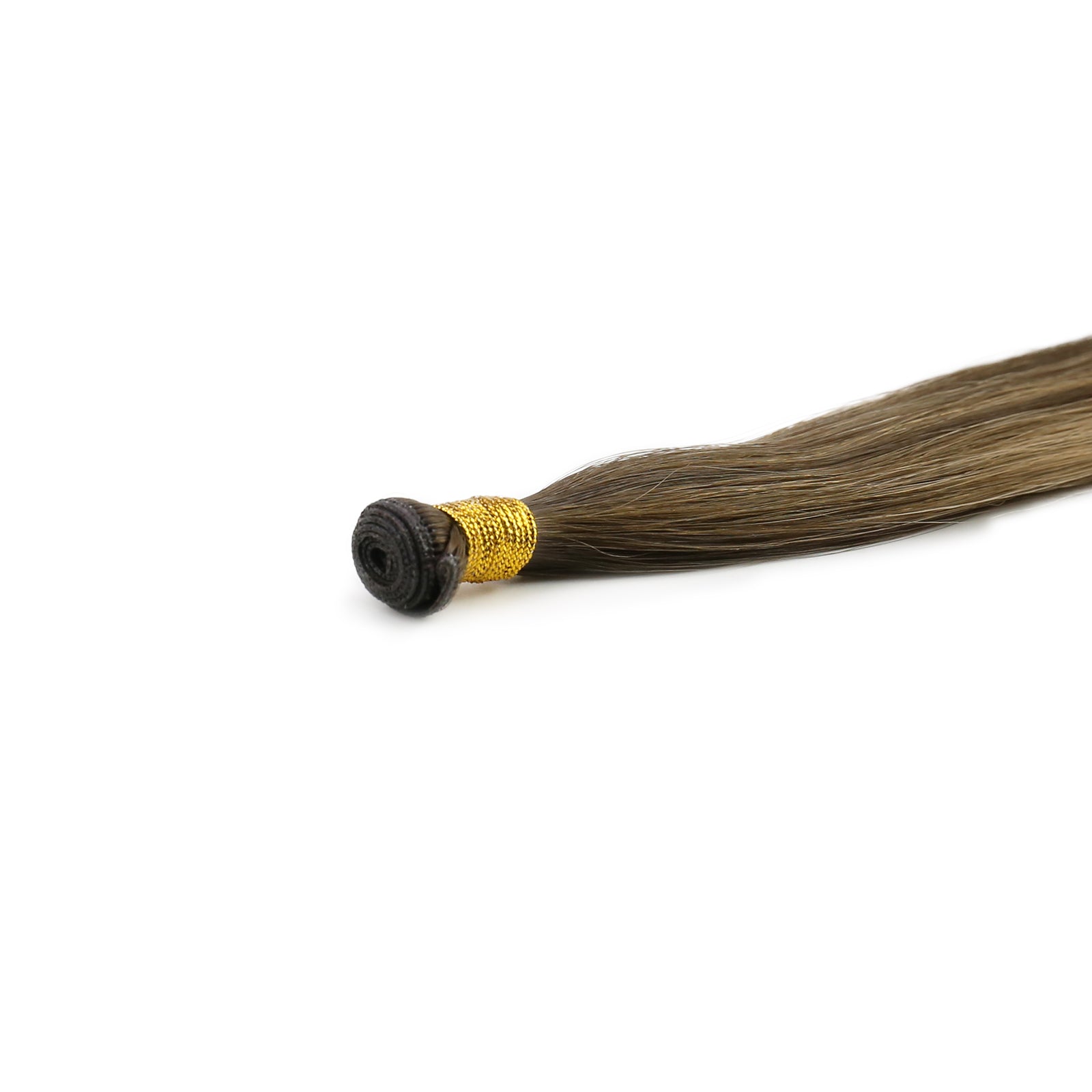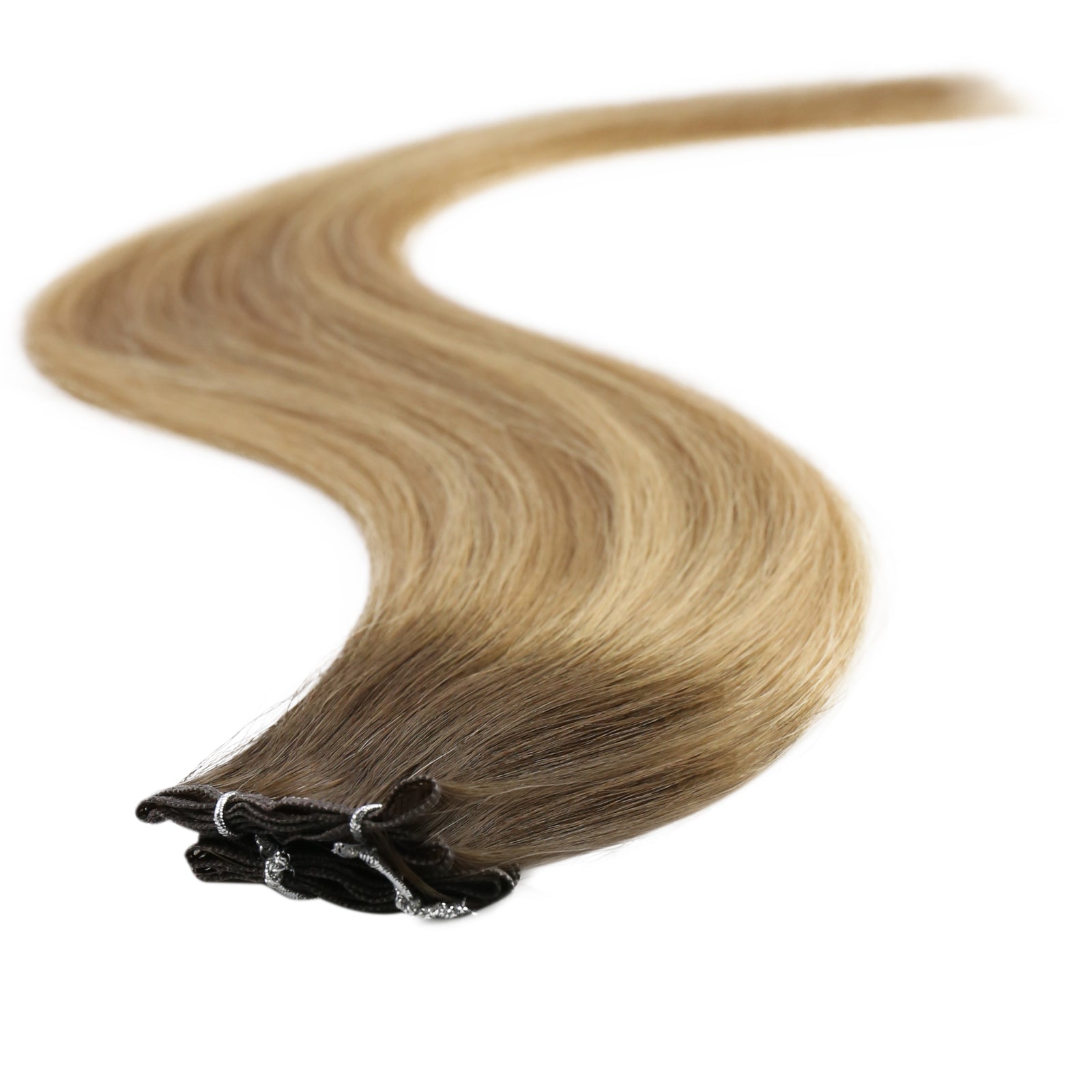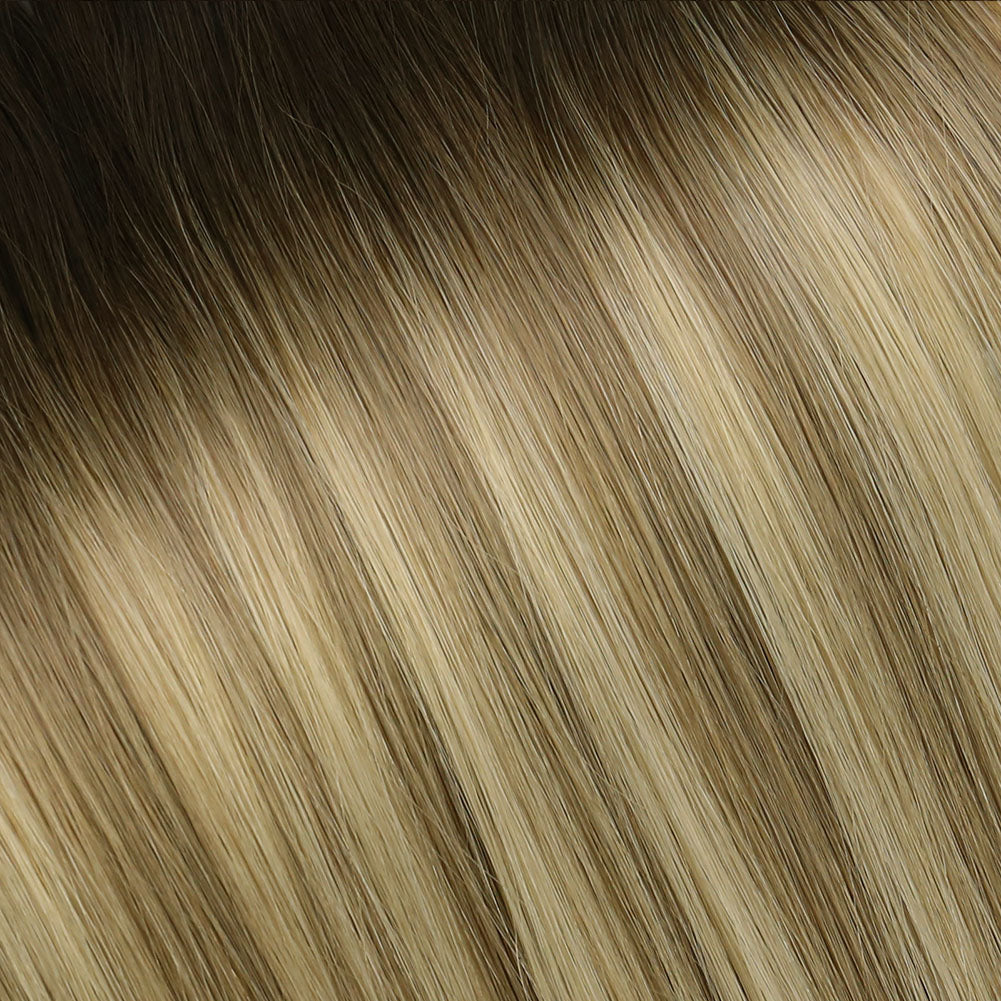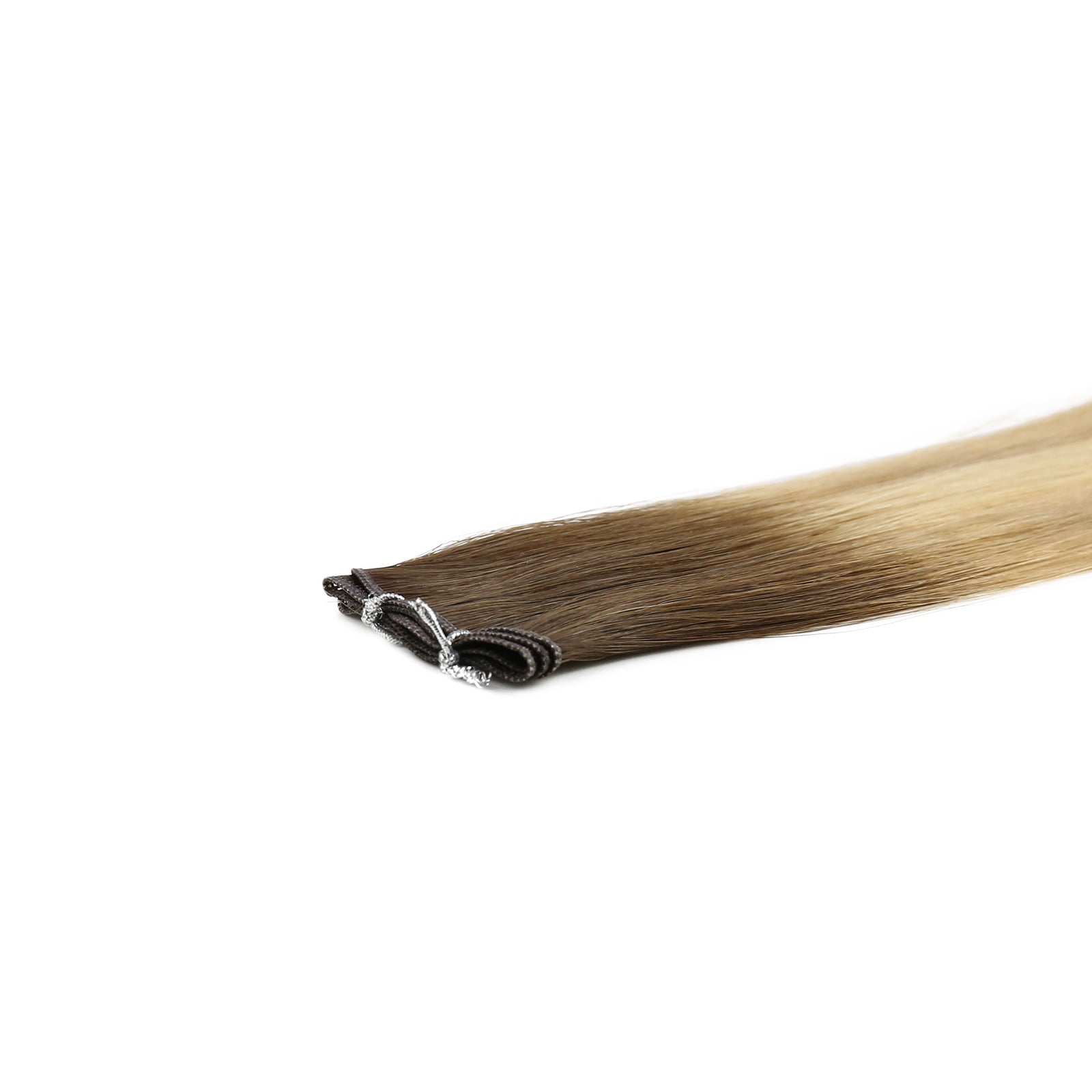Ever glanced in the mirror and wondered if your hair's natural part is widening, or if it’s a sign of thinning? It’s a common concern, and understanding the difference can make a world of difference in how you care for your hair. In this blog, we'll break down how to distinguish between a normal hair part and thinning hair, explore the reasons behind thinning, and offer practical treatments to help you regain fuller, healthier locks.
What’s the Difference Between a Normal Hair Part and Thinning Hair?
A normal hair part is where your hair naturally falls to either side, but how can you tell if it’s just a natural part or a sign of something more concerning? Let's explore the key distinctions to help you identify if your hair is thinning or if it's just your natural parting pattern.
Normal Hair Part
A normal hair part is lsimpy where your hair naturally falls to either side. Everyone has a unique hair part, and it can vary in width and shape depending on hair type and styling habits. Generally, a normal hair part:
- Remains Consistent: The width and appearance of the part don’t change drastically over time.
- Varies with Styling: Can be altered with different haircuts or styling techniques.
- Healthy Hair Density: The scalp isn’t overly visible when the hair is parted.
Thinning Hair
Thinning hair, on the other hand, is often characterized by a gradual reduction in hair density. Key signs include:
- Widening Part: The hair part becomes noticeably wider over time.
- Visible Scalp: More of the scalp becomes visible, even with different styling.
- Reduced Volume: Overall hair volume decreases, making the hair look flatter and less full.
- Shedding: Increased hair shedding or more hair in the brush and shower drain.
6 Common Causes of Thinning Hair
Understanding the root cause is the first step toward finding a solution. Thinning hair can be a distressing experience, impacting your self-esteem and confidence. Here’s a deep dive into the most common culprits behind thinning hair.
1. Genetics
Genetic predisposition, or androgenetic alopecia, is one of the most common causes of thinning hair. This hereditary condition affects both men and women and typically results in a patterned hair loss over time.
2. Hormonal Changes
Hormonal fluctuations due to pregnancy, menopause, thyroid issues, or birth control pills can lead to temporary or prolonged hair thinning. Conditions like polycystic ovary syndrome (PCOS) can also affect hair growth.
3. Nutritional Deficiencies
A diet lacking in essential nutrients such as iron, protein, vitamins (like vitamin D and biotin), and minerals can lead to hair thinning. Ensuring a balanced diet is crucial for healthy hair growth.
Which vitamin deficiency causes hair loss?
4. Stress
Physical or emotional stress can trigger hair thinning. Stress can push hair follicles into a resting phase, leading to increased shedding and noticeable thinning.
5. Medical Conditions
Certain medical conditions like alopecia areata, scalp infections, or autoimmune diseases can cause hair thinning. Additionally, medications for treatments like chemotherapy can lead to hair loss.
6. Hair Care Practices
Overuse of styling tools, chemical treatments, tight hairstyles, and harsh hair products can damage hair and lead to thinning over time.
How to Treat Thinning Hair
The good news is that there are plenty of effective treatments available to help you combat thinning hair. From topical treatments to lifestyle changes, we’ll explore various methods to restore your hair’s health and volume. Let’s delve into the best ways to treat thinning hair and get you back on track to a fuller mane.
1. Topical Treatments
Topical treatments such as minoxidil (Rogaine) are a common and effective option. This over-the-counter treatment is FDA-approved for promoting hair growth and is applied directly to the scalp. Minoxidil helps stimulate hair follicles, increasing hair density over time. Additionally, essential oils like rosemary, peppermint, and lavender have shown promise in promoting hair growth. These oils can be combined with carrier oils for regular scalp massages, enhancing blood circulation and hair follicle health.
2. Oral Medications
Oral medications provide another avenue for treatment, particularly for men. Finasteride (Propecia) is a prescription medication that can slow hair loss and promote regrowth by inhibiting the hormone responsible for hair thinning. Alongside prescription options, nutritional supplements like biotin, iron, and other vitamins can address deficiencies contributing to thinning hair. These supplements can fortify your hair from within, ensuring it gets the essential nutrients needed for growth and strength.
3. Hair Care Products
Choosing the right hair care products is also crucial. Thickening shampoos and conditioners can add volume and thickness, giving the appearance of fuller hair. Look for products containing ingredients like keratin, biotin, and collagen. Additionally, adopting a gentle hair care routine is vital. Avoid harsh chemicals and heat styling tools, and opt for sulfate-free shampoos and conditioners to prevent further damage and thinning.
4. Lifestyle Changes
Lifestyle changes can significantly impact hair health. A balanced diet rich in essential nutrients, including leafy greens, lean proteins, nuts, and seeds, supports overall hair health. Managing stress is equally important; techniques such as yoga, meditation, and regular exercise can help reduce stress and its adverse effects on hair health. Reducing stress not only improves your general well-being but also contributes to healthier hair growth.
5. Medical Treatments
For those seeking more advanced treatments, medical options like Platelet-Rich Plasma (PRP) therapy are available. PRP therapy involves injecting your own platelet-rich plasma into the scalp to stimulate hair growth. This treatment harnesses the body's natural healing properties to rejuvenate hair follicles. Similarly, low-level laser therapy (LLLT) devices can improve hair density by stimulating hair follicles with laser light. For severe cases, hair transplants offer a long-term solution. This surgical procedure transplants healthy hair follicles to thinning areas, providing a permanent and natural-looking result.
Tips for Managing Thinning Hair
Managing thinning hair doesn’t have to be a daunting task. With the right techniques and products, you can create the appearance of thicker, fuller hair. From styling tricks to volumizing products, here are some practical tips to help you manage and style your thinning hair with confidence.
- Change Your Part: Switching up your part can be a simple yet effective way to manage thinning hair. By changing the direction of your part, you can cover thinning areas more effectively, giving the appearance of fuller hair. This small adjustment can make a significant difference in how your hair looks, helping to disguise thinning spots and creating a more balanced appearance.
- Add Layers: Adding layers to your haircut is another excellent strategy for managing thinning hair. Layered haircuts can add volume and movement, making thinning less noticeable. Layers create the illusion of thickness and fullness by adding depth and texture to your hair. This technique works particularly well for those with fine or thinning hair, as it can give the impression of more body and bounce.
- Use Volumizing Products: Using volumizing products is also crucial in your hair care routine. Mousse, sprays, and powders designed to add volume can make a big difference. These products work by lifting the hair at the roots, creating a fuller, more voluminous look. Apply volumizing products to damp hair and blow-dry for the best results. This can help enhance the natural body of your hair and give it a thicker appearance.
- Avoid Tight Hairstyles: Avoiding tight hairstyles is essential to prevent further damage to thinning hair. Styles like tight ponytails, braids, and buns can put stress on hair follicles, leading to breakage and further thinning. Opt for looser styles that are gentle on your hair and scalp. Loose braids, buns, or letting your hair down can minimize stress on your hair follicles and reduce the risk of traction alopecia, a condition caused by prolonged tension on the hair.
Final Thoughts
Distinguishing between a normal hair part and thinning hair is crucial for taking the right steps toward treatment. By understanding the causes and exploring the various treatments available, you can take control of your hair health. Remember, consistency and patience are key in seeing results. Don't hesitate to reach out to a healthcare provider for personalized advice and treatment options.
FAQs
1. Can thinning hair grow back?
Yes, depending on the cause, thinning hair can often grow back with the right treatment and lifestyle changes.
2. How long does it take to see results from hair loss treatments?
It varies by treatment, but most topical treatments like minoxidil can take 3-6 months to show noticeable results.
3. Are natural remedies effective for thinning hair?
Some natural remedies, such as essential oils and nutritional supplements, can be effective, especially when used consistently and in combination with other treatments.
4. When should I see a doctor about thinning hair?
If you notice sudden or patchy hair loss, or if hair thinning is accompanied by other symptoms, it’s a good idea to consult with a healthcare professional.

